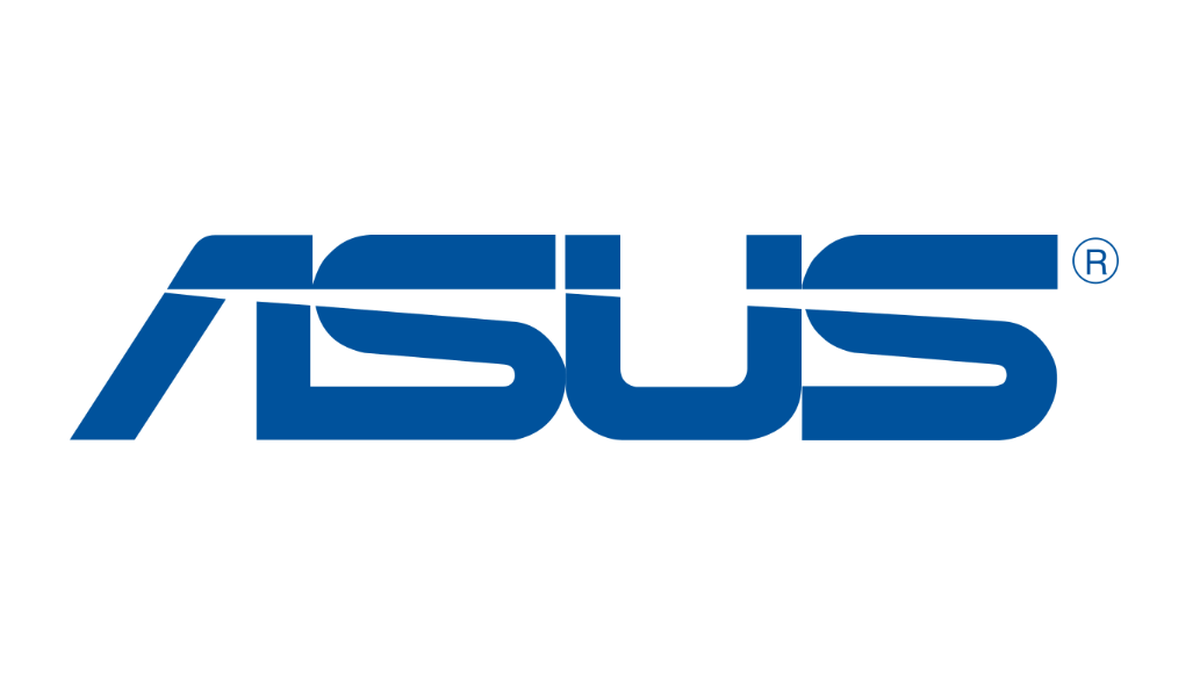There’s a lot going on in the Mac security world lately.
Over the last few months, Apple has ramped up security efforts across its platforms. From an endpoint security framework overhaul of macOS Catalina to phasing out kernel extensions, the tech giant has been battening down the hatches—especially of macOS and Mac computer hardware.
Despite Apple’s best efforts—or perhaps as a result of them—the Mac threat landscape has become even more dangerous. But instead of welcoming allied assistance via third-party security vendors, Apple is closing the gate. And cybercriminals are closing the gap.
A crack in the Mac door
It seems like only yesterday there weren’t many breaking news stories on Mac security threats to bite into. In fact, news on Apple cyberthreats wasn’t just infrequent—it was inconsequential. But over the last few years, credible threats, exploits, and hacks of Apple products have become more persistent. There was KeRanger ransomware in 2016. Several effective Mac-facing miners joined the crypto-rush in 2018. The iOS vulnerability exploited by checkm8 rattled quite a few cages in late 2019.
However, from the start of 2020 onward, the malicious momentum has been building. In the 2020 State of Malware Report, Malwarebytes researchers found that Mac malware—primarily backdoors, data stealers, and cryptominers—had risen by 61 percent over the previous year.
2020 served Apple users with a number of targeted attacks using RATs and APTs developed by nation-state actors from China, North Korea, and Vietnam. Some of these made their way into the wild; others appeared on journalists’ iPhones. ThiefQuest, a Mac malware masquerading as ransomware, was discovered in mid-2020.
Despite having the most locked-down security system of Apple’s platforms, iOS was particularly pummelled in the last year. A zero-click exploit remained unpatched for six months of 2020, leaving innocent iPhone users unaware that anyone nearby could completely take over their device without touching it. In November 2020, Apple released patches for three zero-day vulnerabilities in iOS and iPadOS that were being actively exploited in the wild.
Unfortunately, 2021 is proving to be similarly rotten for Apple. Just last week, the company released a patch for iPhone, iPad, and MacBook for a bug that could allow code execution through websites hosting malicious code. Reading between the lines, this means its browsers were vulnerable to exploits that could be launched from malicious website content, including images and ads.
While Apple didn’t comment on whether this particular vulnerability had been discovered by cybercriminals, the company released patches for three separate security bugs that were being actively exploited in January 2021. (Note: These are a different three vulnerabilities than the zero-days found in November.) And just a couple weeks ago, there was Silver Sparrow.
Silver Sparrow is a new Mac malware that swooped in on February 18 and was found on nearly 40,000 endpoints by Malwarebytes detection engines. At first considered a reasonably dangerous threat (researchers now believe it’s a form of adware), Silver Sparrow is nevertheless a malware family of intrigue for showcasing “mature” capabilities, such as the ability to remove itself, which is usually reserved for stealth operations.
One of Silver Sparrow’s more advanced features is the ability to run natively on the M1 chip, which Apple introduced to macOS in November. The M1 chip is central to Apple’s latest security features for Mac computers, and that makes it central to the apparent security paradigm shift happening within the company’s walls.
Apple security paradigm shift
And what paradigm shift is that? Macs running the M1 chip now support the same degree of robust security Apple consumers expect from their iOS devices, which means features like Kernel Integrity Protection, Fast Permission Restrictions (which help mitigate web-based or runtime attacks), and Pointer Authentication Codes. There are also several data protections and a built-in Secure Enclave. Put plainly: Apple have baked security directly into the hardware of their Macs.
But the security changes aren’t limited to the M1 chip or even macOS. On February 18, the company released its Platform Security Guide, which details the changes in iOS 14, iPadOS 14, macOS Big Sur, tvOS 14, and more—and there are many. From an optional password manager feature in Safari that looks out for saved passwords involved in data breaches to new digital security for car keys on Apple Watches and the iPhone, the security sweep appears to be comprehensive. In the guide preamble, Apple touts:
“Apple continues to push the boundaries of what’s possible in security and privacy. Apple silicon forms the foundation for…system integrity features never before featured on the Mac. These integrity features help prevent common attack techniques that target memory, manipulate instructions, and use JavaScript on the web. They combine to help make sure that even if attacker code somehow executes, the damage it can do is dramatically reduced.”
Looking at the collective security improvements made to Macs over the last several months—the M1 chips, changes to system extensions, an entirely new endpoint security framework—it appears Apple is making great strides against the recent uptick in cyberattacks. In fact, they should be commended for developing many beneficial technologies that help Mac (and iPhone) users stay more secure. However, not all of the changes are for the better.
Securing themselves in the foot
Unlike their Microsoft counterparts, Apple have been historically far more reticent about working with others—and that extends to third-party antivirus programs and security researchers alike. Their recent security upgrades for macOS and MacBook hardware are, unfortunately, right on brand.
The security components of M1-based Macs are harder to analyze and verify for those looking in from the outside. Security researchers and the tools they use may be thwarted by a less-than-transparent environment. Essentially, the new developments have hidden Mac defenses behind castle walls, which could make it more difficult for users, businesses, or analysts to know whether their devices have been compromised.
In a recent article in the MIT Technology Review, journalist Patrick Howell O’Neill said that Apple’s security succeeds in keeping almost all of the usual bad guys out, but when the most advanced hackers do break in, “Apple’s extraordinary defenses end up protecting the attackers themselves.” Those threat actors with the resources to develop or pay for a zero-day exploit can pole jump over the Apple security wall and, once inside, move around fairly undetected because of its locked-down, secretive nature.
Mac system extensions and the endpoint security framework introduced in Catalina are similarly problematic. Third-party software developers must apply to Apple for system extensions, and they aren’t just handing them out like masks and sanitizer. Once a developer gets a system extension approval from Apple, though, that developer’s software is protected by System Integrity Protection—and it’s nearly impossible to remove the extension unless you’re the owner of the software.
That’s great for legitimate third-party software programs, like Malwarebytes for Mac, especially in protecting against outside threats that might try to disable security software during an attack. But not every company that applies for system extensions is legitimate.
There have already been a few examples of developers known for cranking out potentially unwanted programs (PUPs) getting extensions from Apple. Because of this, some PUPs can no longer be fully removed by Malwarebytes (or any other security vendor) from Mac computers running Catalina or Big Sur. And while there are some ways that users can manually remove these programs, they are by no means straight-forward or intuitive.
No matter the malware
There’s been much fuss made about “actual” Mac malware in the press (and in this very article), but PUPs and adware are a significant issue for Mac computers. Cue the classic rebuttal: “But it’s only PUPs!” While many like to trivialize them, PUPs and adware open the door for more vulnerabilities, making an attack by malicious software even easier. Adware, for example, can host malicious advertising (malvertising), which can push exploits or redirects to malicious websites. If the most recent vulnerability patched by Apple wasn’t already being exploited, that would have been a perfect opportunity for cybercriminals to penetrate the almighty Apple defenses.
As discovered in the State of Malware Report, PUPs represented more than 76 percent of Mac detections in 2020. Adware accounted for another 22 percent. Actual malware designed for Macs is but a small slice of the apple. But it’s a growing slice for businesses with Mac endpoints.
In 2020, Mac threat actors decided to take a page out of the Windows cybercriminal book and turn their attention toward larger organizations instead of individuals. To that end, Mac malware increased on business endpoints by 31 percent in 2020—remote work and all. There may not be as many “actual” malware attacks on Mac endpoints as on Windows, but the share of Macs in business environments has been increasing, especially since the start of the pandemic.
Apple has developed some impressive armor for its Macs, but it doesn’t protect against the full scope of what’s out there. Further, Apple only uses static rules definitions for its anti-malware protection, which means it won’t stop malware it doesn’t already recognize. A security program that uses behavioral detection methods (heuristic analysis), like Malwarebytes Endpoint Detection and Response, has the potential to catch a lot of bad apples that Apple hasn’t seen yet.
As time goes on, we’re increasingly in danger of a major attack waged against Macs. There are still a myriad of Mac users who don’t install any third-party security. Fundamentally, Macs still aren’t all that difficult to infect—even with all the bells and whistles. And by closing their systems, Apple is limiting the capabilities of additional third-party security layers to assist in stopping that major attack from doing major damage.
Apple’s days of sitting on the security fence are certainly over. Time will tell if their fortress-like defenses win out, or if they’ll eventually need to depend on their allies for assistance.










